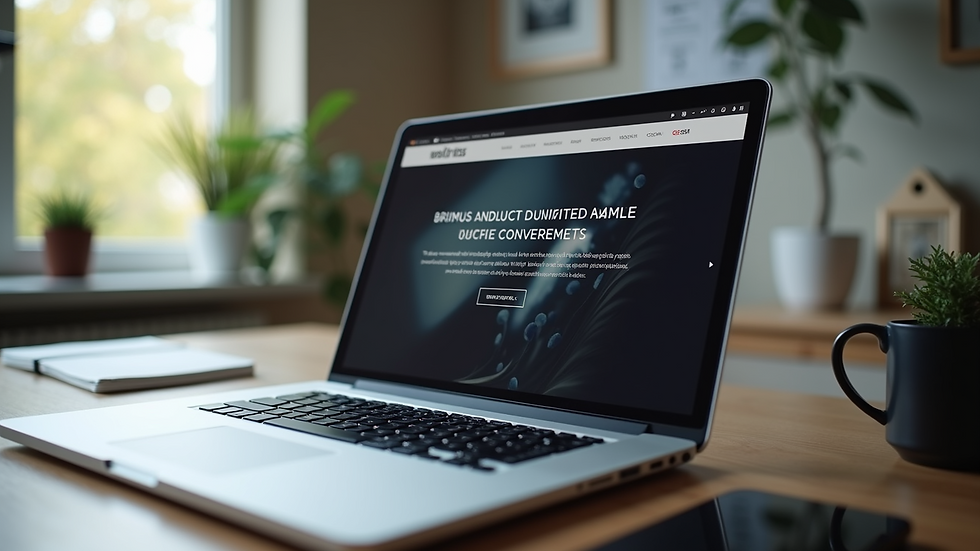Interactive Web Design Case Studies: A Profound Look into Successful Design Strategies
- Deniz Uyanik

- May 29, 2024
- 2 min read
As professionals in the dynamic field of web development, it is crucial to stay abreast of the latest trends and strategies that drive online engagement and user interaction. One of the most effective ways to learn and grow in this ever-evolving industry is through interactive web design case studies. These real-world examples provide invaluable insights into what works, what doesn't, and why in the realm of digital experiences.
Interactive web design is more than just eye-catching visuals and flashy animations. It's about creating seamless, intuitive user journeys that captivate and engage visitors from the moment they land on a page. By incorporating elements such as micro-interactions, scroll-triggered animations, and personalized content, designers can craft immersive digital experiences that leave a lasting impression.
At the heart of successful interactive web design lies a deep understanding of the end user. By putting the user's needs and preferences front and center, designers can create websites and applications that not only look stunning but also function seamlessly. Through user research, prototyping, and continuous testing, designers can iteratively improve their designs to deliver a truly user-centric experience.
Having delved into numerous interactive web design case studies, one thing becomes abundantly clear – user engagement is the cornerstone of effective design. By analyzing user behavior, preferences, and pain points, designers can tailor their creations to resonate with their target audience on a profound level.
The site activity data analyzed has shown a significant increase in user engagement and time spent on pages after the implementation of interactive design elements. This reaffirms the importance of creating dynamic, engaging content that keeps users coming back for more.
In a competitive e-commerce landscape, interactive design can make all the difference. By implementing product configurators, live chat support, and intuitive checkout processes, online retailers can boost sales and enhance the overall shopping experience.
For content-heavy websites, storytelling through animation can breathe life into static pages. By using scroll-triggered animations and interactive infographics, brands can convey complex information in a visually engaging way.
The era of one-size-fits-all design is long gone. Through data-driven personalization, websites can deliver tailored content recommendations, targeted promotions, and customized user experiences that foster long-term brand loyalty.
As professionals, it is essential to continuously seek inspiration from interactive web design case studies and push the boundaries of creativity and innovation. By adopting a user-centric mindset, leveraging cutting-edge technologies, and embracing data-driven insights, designers can create digital experiences that resonate with audiences and drive tangible results.
Let these interactive web design case studies serve as a testament to the transformative power of thoughtful design and compelling user experiences. As we navigate the ever-changing landscape of web development, let us embrace the lessons learned and forge ahead on the path to digital excellence.
A journey through the world of interactive web design case studies unveils a treasure trove of insights and inspiration for professionals looking to elevate their craft. By combining creativity, empathy, and data-driven strategies, designers can create digital experiences that captivate audiences and drive meaningful engagement.
Explore more interactive web design case studies for actionable insights and inspiration.
Note: This blog post is brought to you by Deniz Uyanik - Web Developer Portfolio.



